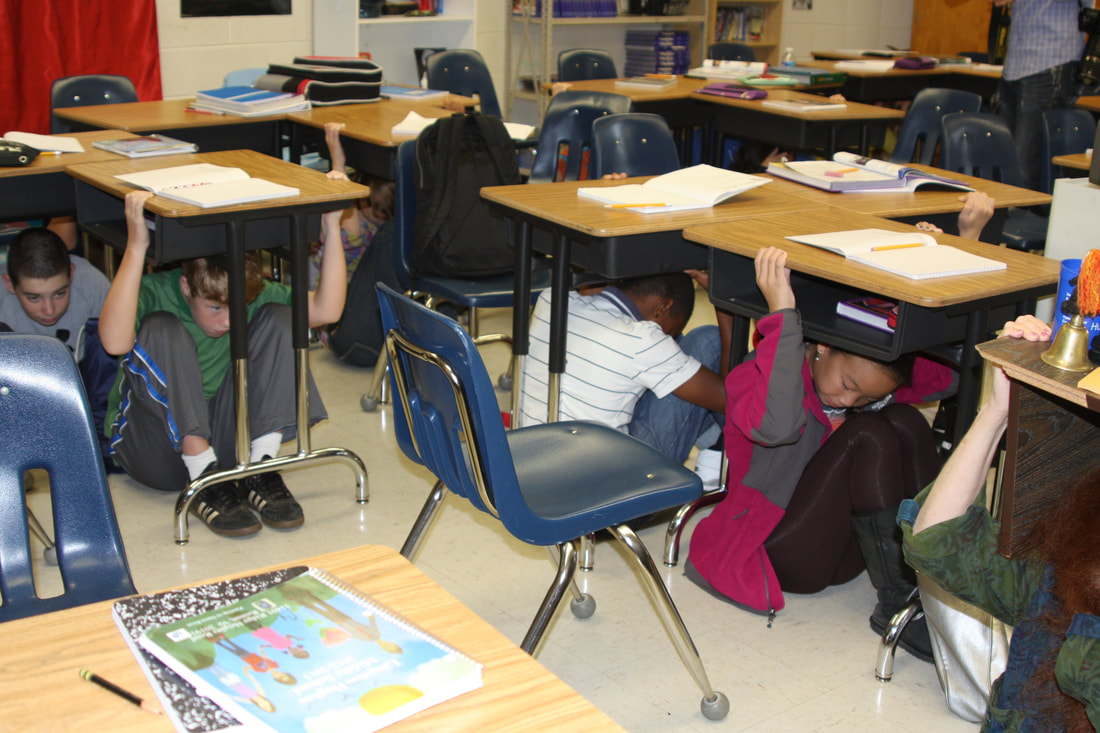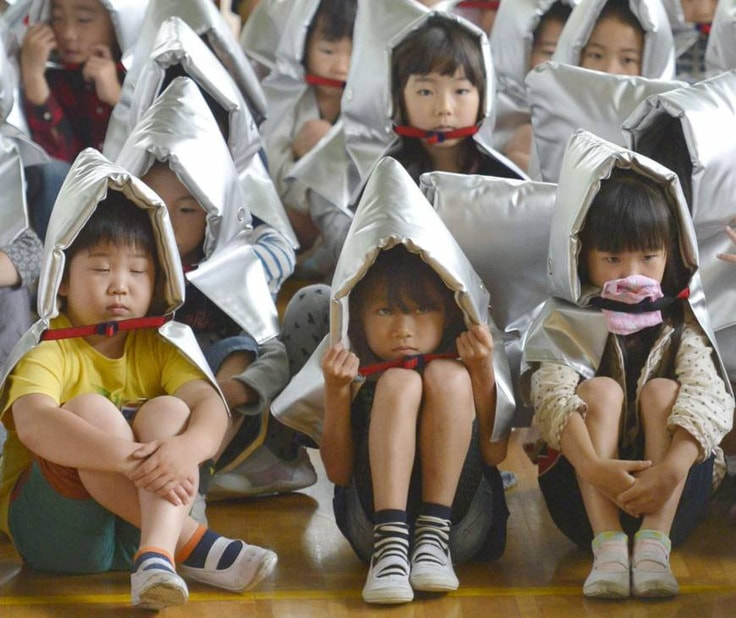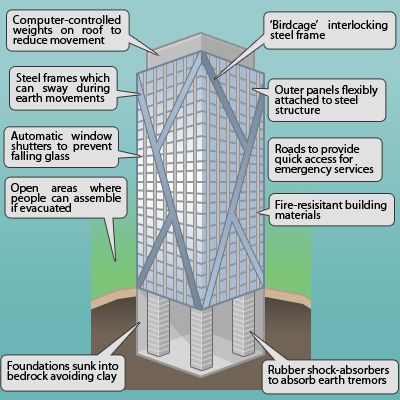-
MYP
- Home
-
IGCSE
- Course information
-
Physical: Hazardous environments
>
- Distribution of tectonic hazards
- Causes of tsunami
- Measuring earthquakes
- Earthquake case study 1: Haiti
- Earthquake case study 2: Christchurch
- Why do earthquakes do more damage in LICs than in HICs?
- How are volcanic eruptions measured?
- Tropical storms - distribution
- Causes of tropical cyclones
- Tropical cyclones - case study
- Why live in hazardous areas?
-
River Environments
>
- Hydrological cycle
- River basins
- Factors affecting river regimes
- Fluvial processes: erosion
- Fluvial processes: weathering and mass movement
- Fluvial processes: transportation and depositon
- River features and their formation
- How rivers change from source to mouth
- Uses of water
- Water pollution
- Water supply
-
IBDP
-
Changing population
>
- Global patterns of economic development
- Physical and human factors affecting global population distribution
- Case study 1: China
- Case study 2: Niger
- Demographic transition
- Megacity growth
- Forced migration and internal displacement
- Ageing populations
- Pro-natalist and anti-natalist policies
- Gender equality policies
- Trafficking policies
- The Demographic Dividend
-
Global climate vulnerability and resilience
>
- Atmospheric system
- The energy balance
- Changes in the energy balance
- The enhanced greenhouse effect
- Climate Change and the Hydrosphere, Atmosphere and Biosphere
- Impacts of climate change on people and places
- Disparities in exposure to climate change risk and vulnerability
- Government-led adaptation and mitigation strategies
- Civil society and corporate strategies
-
Global resource consumption and security
>
- Progress towards poverty reduction
- Measuring trends in global consumption
- Global patterns and trends in the availability and consumption of water
- Global patterns and trends in the availability and consumption of land/food
- Global patterns and trends in the availability and consumption of energy
- Water food and energy nexus
- Recycling and waste
- Malthus vs Boserup
- Resource Stewardship strategies
- Sustainable Development Goals
-
Freshwater - drainage basins
>
- The drainage basin as a system
- How rivers change from source to mouth
- River discharge
- River processes
- River landforms
- Factors affecting flood risk
- Attempts at flood prediction
- Flood mitigation
- Flood mitigation case studies
- Water scarcity
- Agricultural activities and water quality
- Pressures on lakes and aquifers
- Internationally shared water and conflict
- Water management: participation of local communities
- Dams as multi-purpose schemes
- Water management: Integrated Drainage Basin Management (IDBM)
- Managing wetlands
-
Leisure, Sport and Tourism
>
- Growth and purpose of leisure time
- Categories of tourism and sport
- Economic development and participation
- Factors affecting personal participation
- Factors affecting growth of tourism hotspots
- Spheres of influencee
- Factors affecting a national sports league
- Festivals
- Niche national tourism strategies
- Role of TNCs
- Tourism as a national development strategy
- International sporting events
- Consequences of unsustainable growth
- Sustainable tourism
- Future international tourism
- Political and cultural influences on sport
- Extended Essay in Geography >
- Skills/concepts >
-
Changing population
>
- Geography and ToK
- Theory of Knowledge
Group assignment
In your group plan a proposal to the senior leadership team and governing body of BSJ on how we can ensure that the school is well prepared for any future earthquake in Jakarta. Your plans should include:
1) a) A wall chart for each classroom which explains what to do if an earthquake strikes. This should include what staff and students should do during the earthquake and after the earthquake strikes. This will need to be clear and will probably have a simple flow diagram with illustrations.
b) Additional materials for any unusual areas of the school eg swimming pool, sports fields, sports hall, science labs etc
2) Guidelines for any future building plans. How should new buildings and any modifications be planned and designed to increase safety in the event of an earthquake! Diagrams will be essential here.
3) An assembly plan for students which makes sure that they are well informed and that they feel confident that the school has effective measures in place.
4) A leaflet to be sent to parents which explains all the ways in which the school has planned for any future event. This should include all of the measures above but might also consider plans to ensure that their children’s education continues even if there is some damage to buildings which could lead to temporary closures.
5) A Firefly page for staff with everything they need to know to ensure that the students in their care are safe.
You should plan this as a pitch that you might give to the Senior Leadership team on how they should proceed.
In your group plan a proposal to the senior leadership team and governing body of BSJ on how we can ensure that the school is well prepared for any future earthquake in Jakarta. Your plans should include:
1) a) A wall chart for each classroom which explains what to do if an earthquake strikes. This should include what staff and students should do during the earthquake and after the earthquake strikes. This will need to be clear and will probably have a simple flow diagram with illustrations.
b) Additional materials for any unusual areas of the school eg swimming pool, sports fields, sports hall, science labs etc
2) Guidelines for any future building plans. How should new buildings and any modifications be planned and designed to increase safety in the event of an earthquake! Diagrams will be essential here.
3) An assembly plan for students which makes sure that they are well informed and that they feel confident that the school has effective measures in place.
4) A leaflet to be sent to parents which explains all the ways in which the school has planned for any future event. This should include all of the measures above but might also consider plans to ensure that their children’s education continues even if there is some damage to buildings which could lead to temporary closures.
5) A Firefly page for staff with everything they need to know to ensure that the students in their care are safe.
You should plan this as a pitch that you might give to the Senior Leadership team on how they should proceed.
| |||||||



